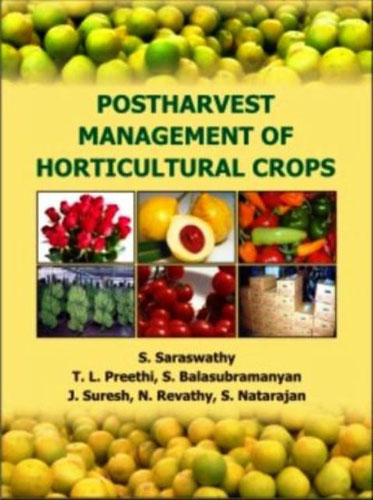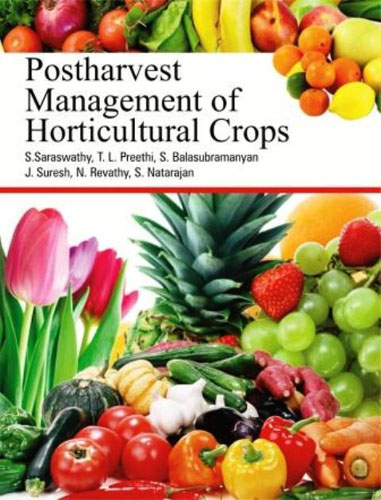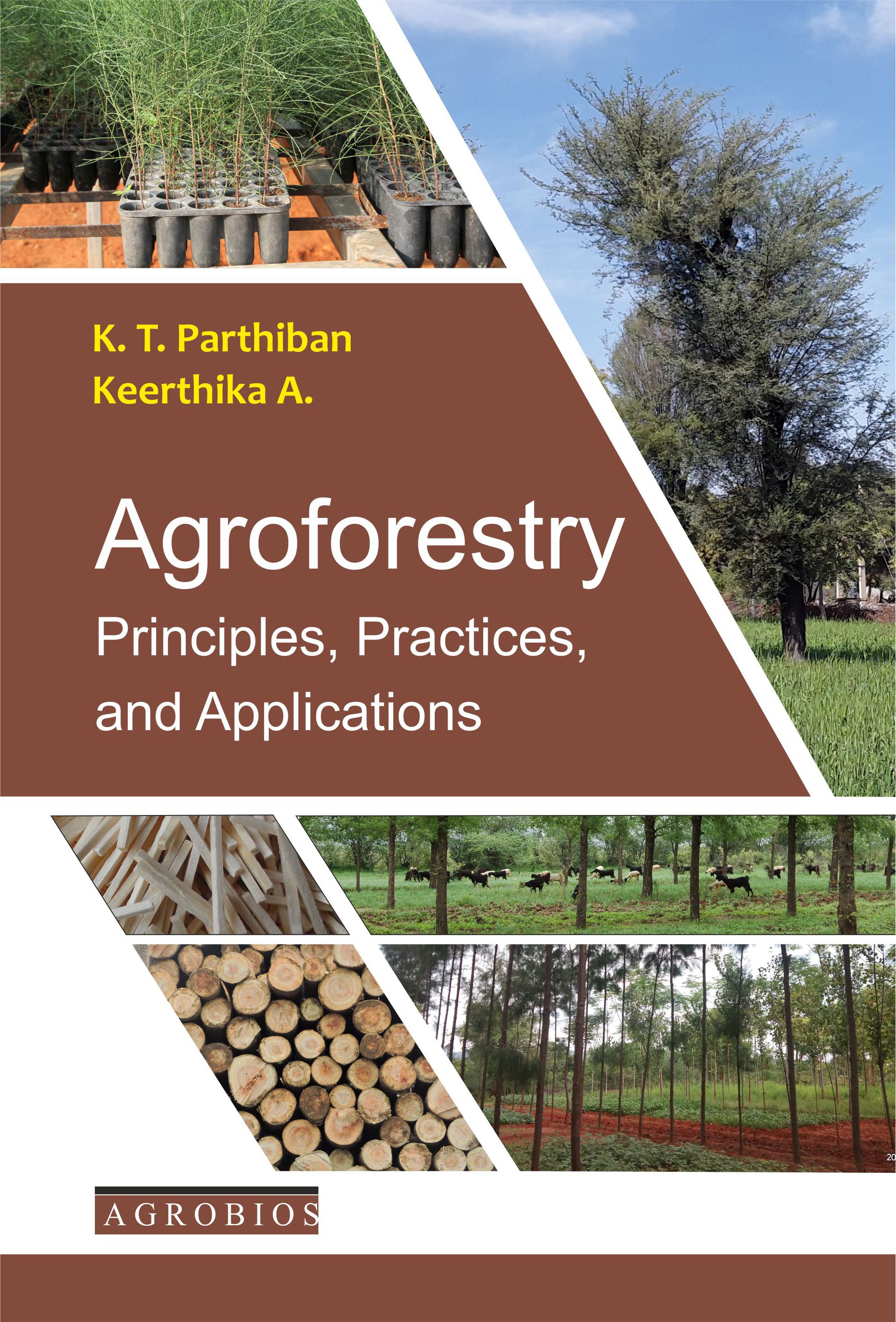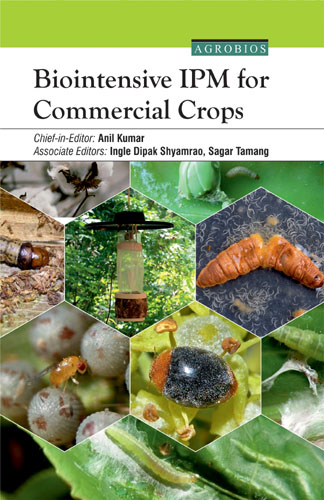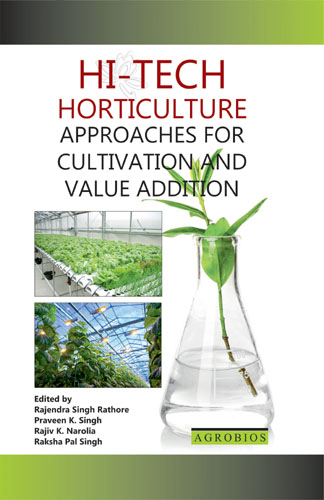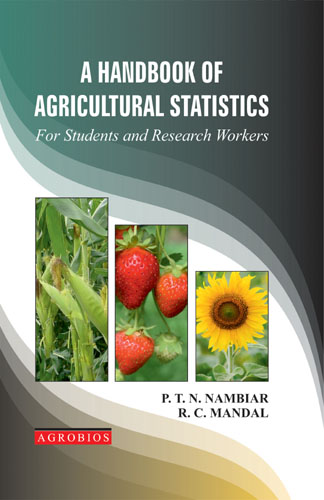Post-harvest Management Of Horticultural Crops
Indias diverse agro-climatic conditions facilitate production of a wide range of horticultural crops. Unfortunately, almost 25-40% of the total fruits and vegetables produced in the country are lost every year solely due to improper postharvest operations. Effective management during the postharvest period, rather than the level of sophistication of any given technology, is the key in reaching the desired objectives. In the recent past, research activities are being undertaken all over the country and world. The major subjects in postharvest technology are postharvest physiology, storage systems, principles and preservation and processing, quality assurance of fruits, vegetables and their products, canning and juice processing, fruit and vegetable fermentation technology, sensory analysis, packaging technology, dehydration technology, waste utilization technology and nutritive value of processed products. The allied fields in postharvest technology are food microbiology, food biochemistry, food chemistry, applied physics, food engineering, horticulture, plant physiology, genetics and plant breeding, computer application, statistics, economics and management and psychology.
Postharvest research includes the following objectives: to maintain quality (appearance, texture, flavour and nutritive value), to protect food safety and to reduce losses between harvest and consumption. The subject matter covered in this book is rather wide and has been categorized into 20 chapters. Beginning with a note on the existing scenario various aspects of postharvest technology including maturity indices of various crops, harvesting techniques, pre-harvest factors and their importance, precooling, ethylene in postharvest technology, packing and packing house operations, packaging technology, cushioning materials, storage structures and transportation have been dealt with. In addition, various postharvest disorders, post harvest diseases and pests and their management, food safety practices, handling at destination and markets, handling techniques in fruits, vegetables, cut flowers, spices and fresh cut fruits and vegetables and processing of horticultural crops have also been included to make the book a complete but concise handout on postharvest techniques of horticultural crops. The processing itself includes several techniques such as low temperature preservation, chemical preservation, irradiation, thermal processing, dehydration, ohmic processing and high pressure processing and preservation by fermentation.
Thus all the aspects of the recent trends in postharvest management have been dealt in this book in elaborate and appropriate manner.
Saraswathy S
555
Table of Contents..
- Scenario of Postharvest Technology of Fruits and Vegetables
- Maturity Indices and Harvesting of Fruits and Vegetables
- Pre-Harvest Factors Affecting Postharvest Life
- Ethylene in Postharvest Technology
- Cooling Horticultural Crops
- Packing and Packinghouse Operations
- Packaging Technology
- Cushioning Materials
- Storage of Horticultural Crops
- Transportation of Horticultural Crops
- Postharvest Disease and Insect Management
- Postharvest Disorders of Fruits and Vegetables an their Management
- Food Safety Practices
- Handling At Destination and Markets
- Postharvest Handling and Physiology of Fruits
- Postharvest Handling of Vegetables
- Postharvest Care and Handling of Cut Flowers
- Postharvest Handling of Spices
- Postharvest Handling Systems of Fresh Cut Fruits and Vegetables
- Processing of Horticultural Crops
- References
Table of Contents..
17.
24.
Book Details
Book Title:
Post-harvest Management Of Horticultural Crops
Post-harvest Management Of Horticultural Crops
Book Type:
TEXT-CUM-REFERENCES BOOK
TEXT-CUM-REFERENCES BOOK
No Of Pages:
546
546
Color Pages :
0
0
Color Pages :
0
0
Book Size:
AMERICAN ROYAL (6X9)
AMERICAN ROYAL (6X9)
Weight:
950 Gms
950 Gms
Copyright Holder:
All Rights Reserved
All Rights Reserved
Imprint:
M/s AGROBIOS (INDIA)
M/s AGROBIOS (INDIA)
Readership:
PG STUDENTS | UG STUDENTS |
PG STUDENTS | UG STUDENTS |



